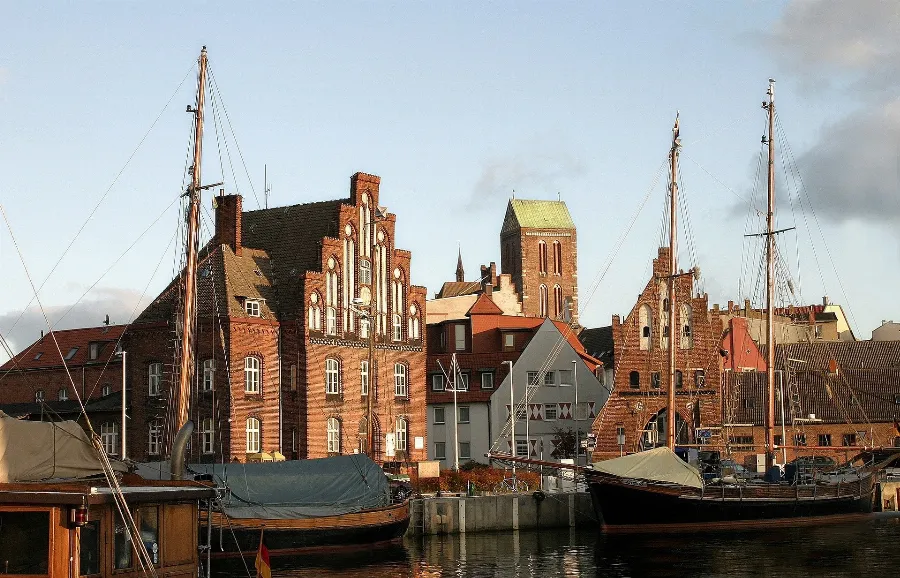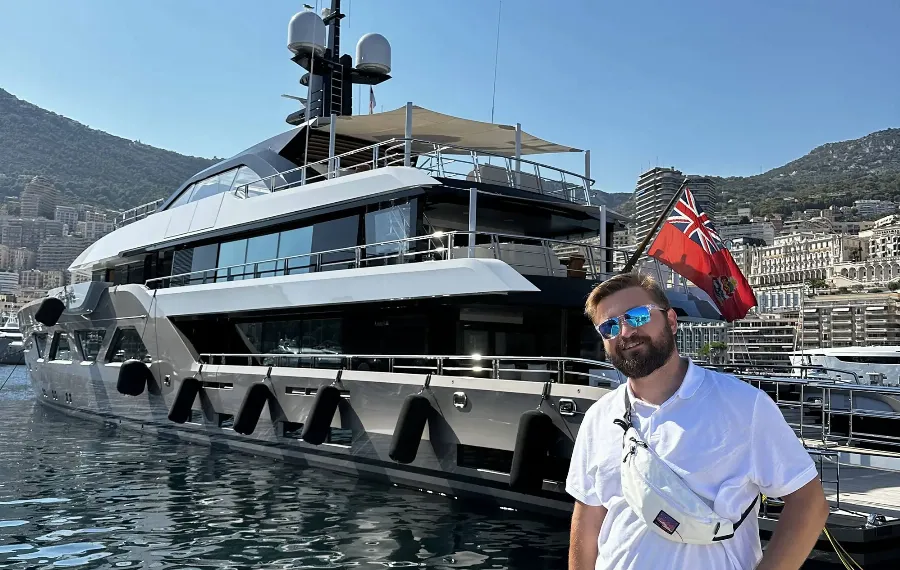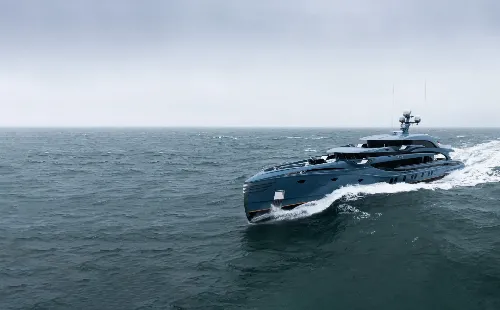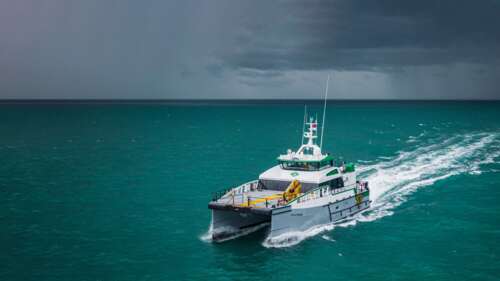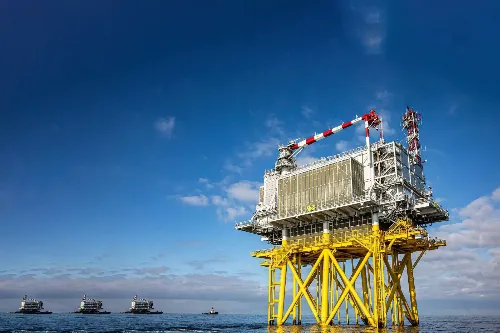The maritime industry, a cornerstone of global trade, has long relied on manual labor and traditional methods for operations. However, the rise of automation and artificial intelligence (AI) is ushering in a new era of increased efficiency, safety, and sustainability. In this article, I will briefly explore how these technologies are transforming the maritime sector, highlighting their current applications, benefits, challenges, and future trends. This article only presents the tip of the iceberg of a highly complex and rapidly changing topic, but should provide a clear first entry into the topic.
Historical Context
Historically, the maritime industry has seen gradual improvements through mechanical aids and basic navigation tools. From sailboats to steam engines and submarines, the maritime industry has been ground zero for technical innovation and ingenuity. The late 20th century, however, marked a significant shift towards digitalization, laying the groundwork for the advanced automation and AI technologies we see emerging today and will continue to see in the future.
Current Applications of Automation in the Maritime Industry
Automation has made significant inroads in the maritime industry. Autonomous ships are one of the most notable advancements, with companies like Rolls-Royce and Kongsberg developing vessels that can navigate and operate without human intervention. These autonomous ships promise to reduce human error and increase operational efficiency. There are still many hurdles to overcome but the progress is looking promising and the current stage of usability and efficiency is leaps ahead of what it used to be just a few years ago.
Ports are also embracing automation. Automated cranes, container handling systems, and warehouse management solutions are becoming commonplace, streamlining port operations and reducing turnaround times. Maintenance and inspections have benefited from automation as well. Drones and robotic systems are now used for hull cleaning, maintenance scheduling, and inspections, reducing the need for dangerous manual labor. Thus making ports significantly safer for its workers and making the labour less intensive, which will increase the long term health.

AI in Maritime Operations
AI is revolutionizing maritime operations in several ways. One of the key applications is in navigation and route optimization. AI algorithms analyze vast amounts of data to plan the most efficient routes, reducing fuel consumption and emissions. These systems can make real-time decisions, adapting to changing conditions to ensure optimal performance. As AI improves, these benefits will grow exponentially.
Predictive maintenance is another critical area where AI shines. Machine learning models can predict equipment failures before they occur, allowing for proactive maintenance and reducing downtime. AI also enhances cargo management by optimizing stowage plans and monitoring cargo conditions in real-time, ensuring the safe and efficient transport of goods. This will also help in the reduction of waste as proper maintenance will keep equipment and machinery in use for longer times and needn't be replaced.
Benefits of Automation and AI
The benefits of automation and AI in the maritime industry are substantial. Efficiency gains are among the most significant, with reduced operational costs, faster turnaround times, and enhanced productivity. Safety improvements are equally important, as automation minimizes human error and reduces the risk of accidents, thereby enhancing crew safety.
Environmental impact is another area where these technologies excel. Optimized fuel use and better waste management contribute to lower emissions, helping the industry comply with stringent environmental regulations. These advancements are crucial in the industry's efforts to become more sustainable.
Challenges and Concerns
Despite the many benefits, the adoption of automation and AI in the maritime industry comes with challenges. Technical issues such as system integration, cybersecurity threats, and the reliability of AI systems need to be addressed. Regulatory and legal concerns also arise, including compliance with international regulations and determining liability in case of system failures.
While AI and automation can help reduce emissions by increasing the efficiency of shipping routes and maintenance management, the fact that AI especially, currently has high operating costs. The computing power needed to run an efficient AI system is very high, resulting in a large use of electricty as well as needing huge amounts of water for cooling these systems. This is an issue that needs to be adressed during the implementation of AI across all industries.
Economic and social impacts are significant as well. There is a potential for job displacement, necessitating workforce reskilling and posing economic challenges for maritime communities. Balancing technological advancement with these concerns is crucial for the industry's future.

Future Trends and Innovations
Looking ahead, the future of the maritime industry promises even more advanced AI and machine learning applications. Enhanced predictive analytics and autonomous decision-making systems will further streamline operations. The integration of the Internet of Things (IoT) and blockchain technology will facilitate real-time data collection and secure, transparent transactions.
Sustainable technologies will continue to evolve, with innovations aimed at reducing environmental impact and promoting green shipping practices. These advancements will be vital in meeting global environmental goals and ensuring the industry's long-term sustainability.
Conclusion
Automation and AI are transforming the maritime industry, bringing about unprecedented efficiency, safety, and sustainability. While challenges remain, the continued evolution of these technologies promises a bright future for maritime operations. Industry stakeholders must embrace these innovations and prepare for a future driven by technology.
As we navigate this transformative period, the maritime industry stands at the forefront of technological advancement, ready to harness the full potential of automation and AI for a smarter, safer, and more sustainable future.
Written by: Jonah Wilbert
Sources:

